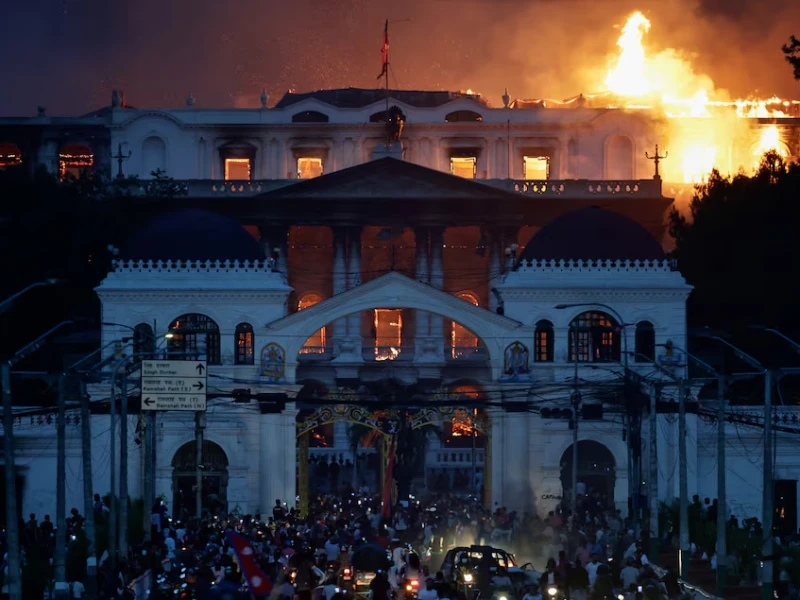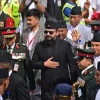Nepal was plunged into unprecedented political turmoil on Tuesday as both Prime Minister K.P. Sharma Oli and President Ram Chandra Paudel stepped down following days of violent anti-corruption protests sparked by a social media ban.
Oli tendered his resignation after 19 people were killed and more than 100 injured in clashes with police, who fired tear gas and rubber bullets at demonstrators attempting to storm parliament. Hours later, President Paudel also resigned after furious protesters stormed and set fire to the presidential residence, looting valuables in the process.
The wave of unrest—described as the worst in decades—was driven largely by young Nepalis frustrated by corruption, unemployment, and restrictions on free expression. Protesters later vandalized Oli’s private home as political chaos deepened in the Himalayan nation.
An aide to Paudel said the president had earlier initiated talks with protest leaders and the process of appointing a new premier. But his abrupt resignation has now left Nepal without both a head of state and a head of government, raising fears of a power vacuum.
Army chief General Ashok Sigdel is expected to address the nation, while security forces have largely pulled back, allowing jubilant demonstrators to occupy parts of the parliament complex.
Although celebrations followed Oli’s resignation—with protesters painting “We won” in large letters on the walls of parliament—the torching of key state buildings has left Kathmandu resembling a warzone overnight.
Nepal, wedged between India and China, has been struggling with political and economic instability since abolishing its monarchy in 2008.


 Prev Post :
Prev Post :
